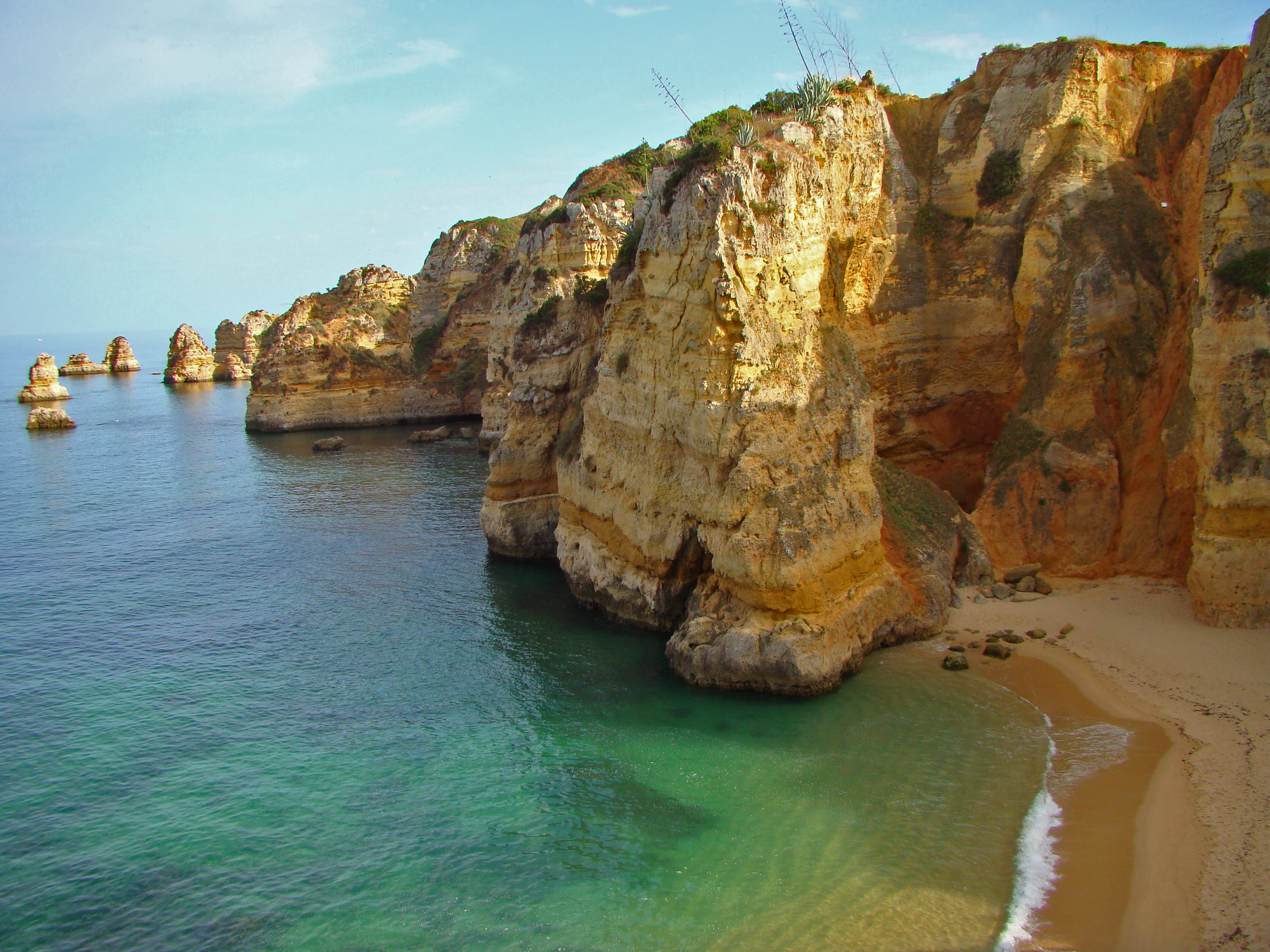Watch my video on this painting here:
This lovely indoor painting was created by Diego Velázquez around 1616. Velázquez, one of the greatest “Old Masters,” was born in Seville, Spain in 1599; he died in 1660 at the age of 61. This image belongs to Velázquez’ early period in which he painted bodegas (scenes of everyday life). Around this time in Velázquez’ life, he married Juana Pacheco, the daughter of the Spanish artist Francisco Pacheco. The couple had two children together, although the youngest child died in infancy. Later on, Velázquez would visit Rome on the encouragement of Peter Paul Rubens, a fellow Baroque painter who was also an ambassador to the Spanish Throne. Velázquez painted “Three Musicians” before his trip to Italy, and his relative lack of depth or soft modeling displays this dearth of knowledge. Interestingly, this painting (in my opinion) does not display the technical mastery or virtuosity that is present in his later court portraits and mythological scenes. The faces of the subjects (particularly the young boy’s) are less blended and natural than the impeccable skin of the Infanta Margarita in Las Meninas. This oil on canvas depicts two men singing while playing humble instruments (one is a violin), and a young boy glancing out at the viewer with an instrument (the hurdy-gurdy?) under his arm. The boy’s careless glance invites the viewer into the gleeful and merry scene; he is entreating the viewer to join in the party, maybe sing a few songs, or at least listen to the talented musicians.

Basket of Bread, Dali, 1945
This interior scene isn’t monumental or grandiose in any fashion; it depicts normal people having fun at a pub or darkly lit restaurant. Elements usually present in a Dutch Baroque still-life are also shown meticulously as well. For example, the luminous bread (similar to Dali’s Basket of Bread), glowing cheese with the precarious knife sticking out of it, and the glass of wine are all depicted with the utmost realism. Velázquez had not yet moved to Madrid, the capital of Spain, to become court painter to Philip IV. He was well-known in Seville, but his international reputation was still to be realized. The other notable aspect of this image is the man in the center singing with his mouth gaping open. The realistic facial muscles and body movements hint that Velázquez had real-life models and was an accomplished bodega painter. The lighting in “Three Musicians” is also characteristically Baroque. The soft chiaroscuro stems from the influence of Caravaggio, although Velázquez had yet to see the works of Caravaggio in real life. He would later gaze at them on his trip to Italy. Besides the chiaroscuro (contrast of light and dark), the naturalism and split-second motions of the subjects are Baroque. The viewer is supposed to participate in the action of this painting (i.e. the boy is beckoning us with his dark brown eyes). The tones in this work are dominantly brown and a dark yellow; this enhances the chiaroscuro effect and the financial situation of the singers. They are most likely not wealthy, and brown is usually a symbol of poverty. Finally, I would like to point out the monkey in the bottom left of the painting. Although I am not completely sure what it is doing there, Velázquez could have inserted the sneaky animal because it was synonymous with bars, good times, and peasant fun. This painting is currently hanging in the Staatliche Gemaldegalerie in Berlin.
Source:




.jpg)

.jpg)

